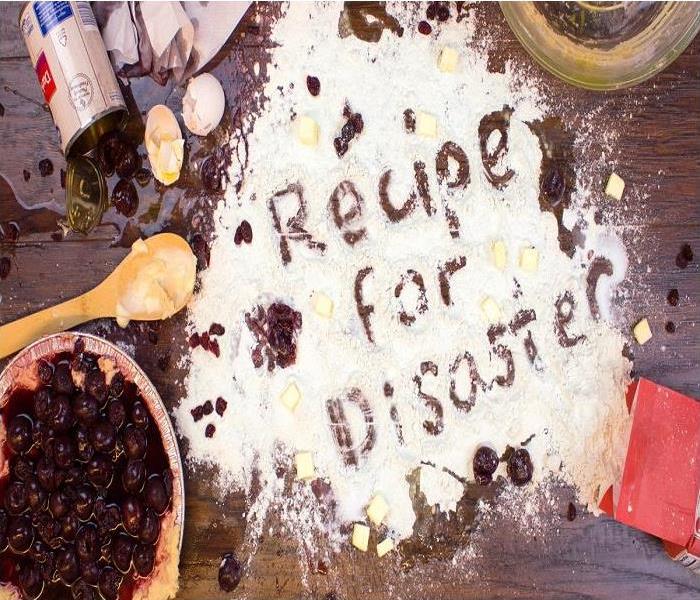Thanksgiving Cooking Safety Tips From Your Friends at SERVPRO of East Cobb
11/5/2019 (Permalink)
 SERVPRO of East Cobb is open 24/7 even during the holidays. We can be at your door in less than an hour in most cases!
SERVPRO of East Cobb is open 24/7 even during the holidays. We can be at your door in less than an hour in most cases!
Each November, families gather to celebrate Thanksgiving by preparing a delicious feast, but if you don’t practice safe cooking habits, your happy holiday could quickly become hazardous in a blink of an eye. According to the The National Fire Protection Association (NFPA), cooking is the main cause of home fires and injuries, with the Thanksgiving holiday being the peak day for cooking-related fire emergencies. Review the following safety tips to help ensure you can enjoy a safe holiday.
- Never Leave cooking food unattended. Stay in the kitchen while frying, grilling, or broiling food. If someone must leave the kitchen for even a short period of time, they should turn off the stove.
- Check food regularly while cooking and remain in the home while kitchen equipment is in use. Use a timer as a reminder that the stove or oven is on.
- Keep small children away from the cooking area. Enforce a “kid-free zone” and make them stay at least three feet away from the stove and oven.
- Keep anything flammable like pot holders, oven mitts, wooden utensils, paper or plastic bags, food packaging, and towels away from the stove, oven, or other appliances in the kitchen that generates heat.
- Do not wear loose clothing or dangling sleeves while cooking.
- Clean cooking surfaces on a regular basis to prevent grease build-up.
- Purchase a fire extinguisher to keep in the kitchen year round. Contact the local fire department for training on the proper use of fire extinguishers if you are unsure.
- Always check the kitchen before going to bed or leaving the home to make sure all kitchen appliances like stoves, ovens, and toasters are turned off.
- Install a smoke alarm near the kitchen, on each level of the home, near sleeping areas, and inside and outside of bedrooms. Use the test button to check it is working properly every month. Replace the batteries at least once a year.
Choosing the Appropriate Fire Extinguisher
- Class A: This is the most common extinguisher and can be used to put out fires in ordinary combustibles such as cloth, wood, rubber, paper, and many plastics.
- Class B: Used on fires involving flammable liquids, such as grease, gasoline, and oil.
- Class C: Designed for fires involving appliances, tools, or other equipment electronically energized or plugged in.
- Class D: For use on flammable metals; often specific for the type of metal in question. These are typically found in factories.
- Class K: Intended for use on fires that involve vegetable oil, animal oils, or fats in cooking appliances. Generally found in commercial kitchens.






 24/7 Emergency Service
24/7 Emergency Service